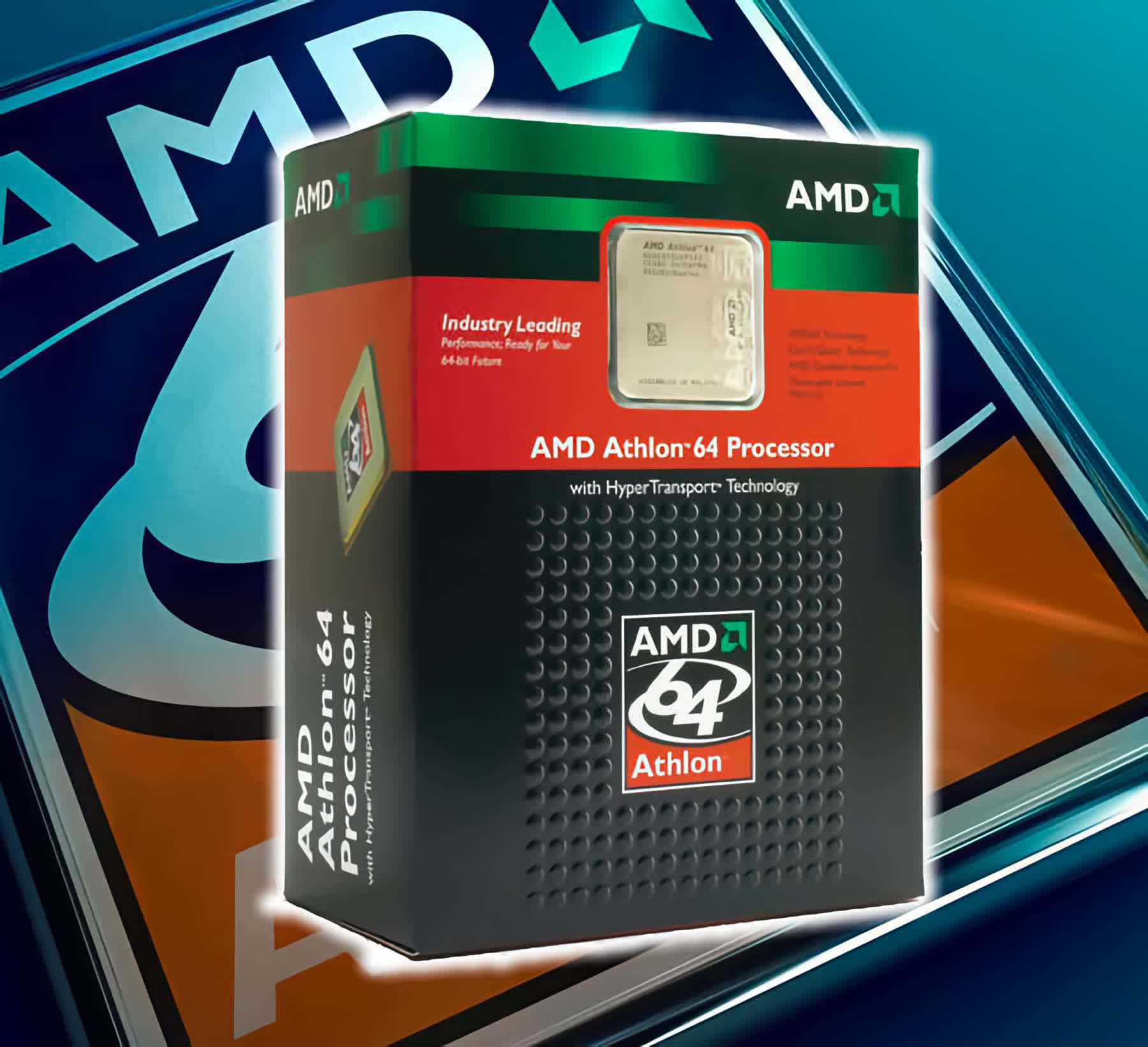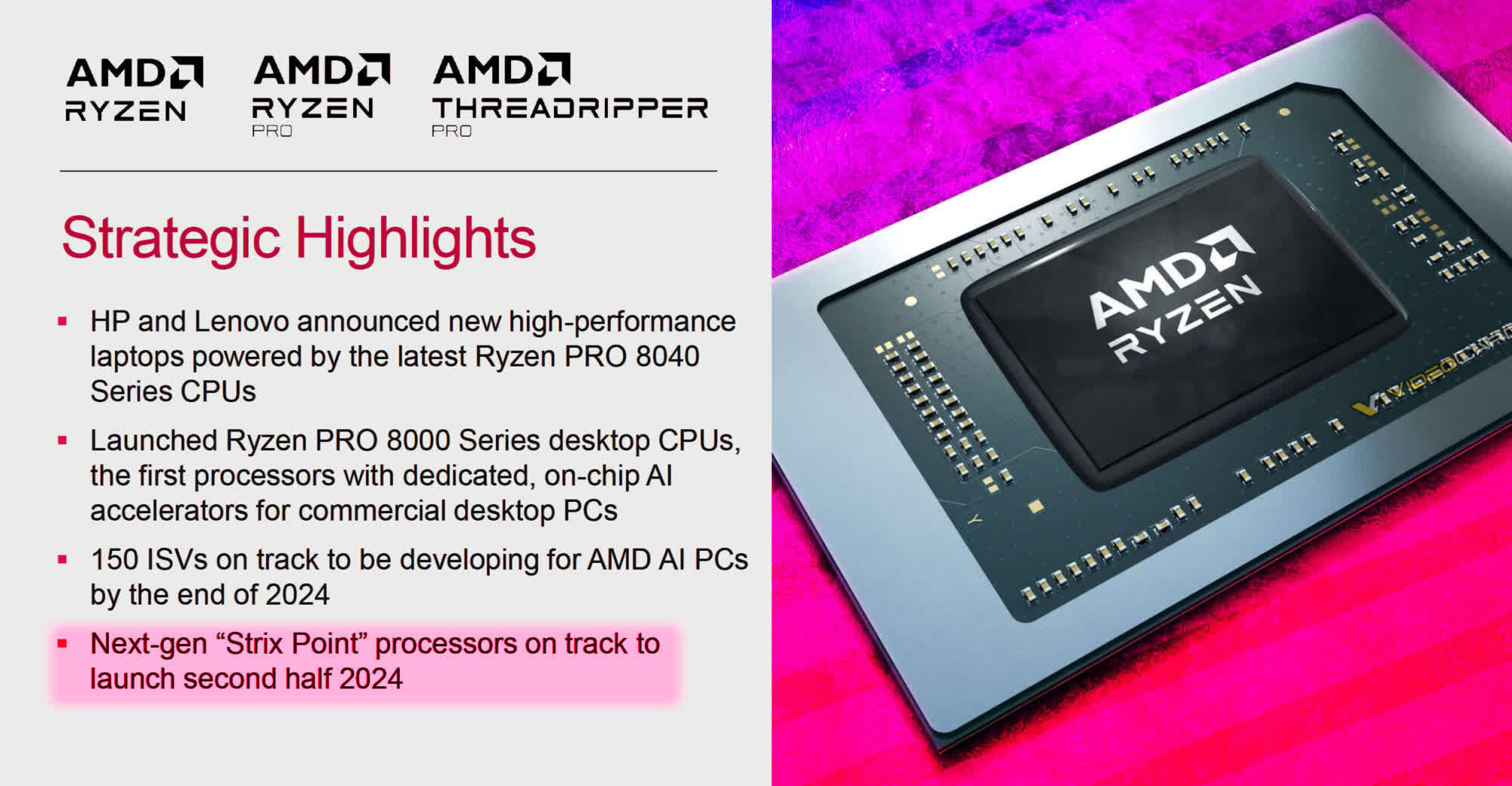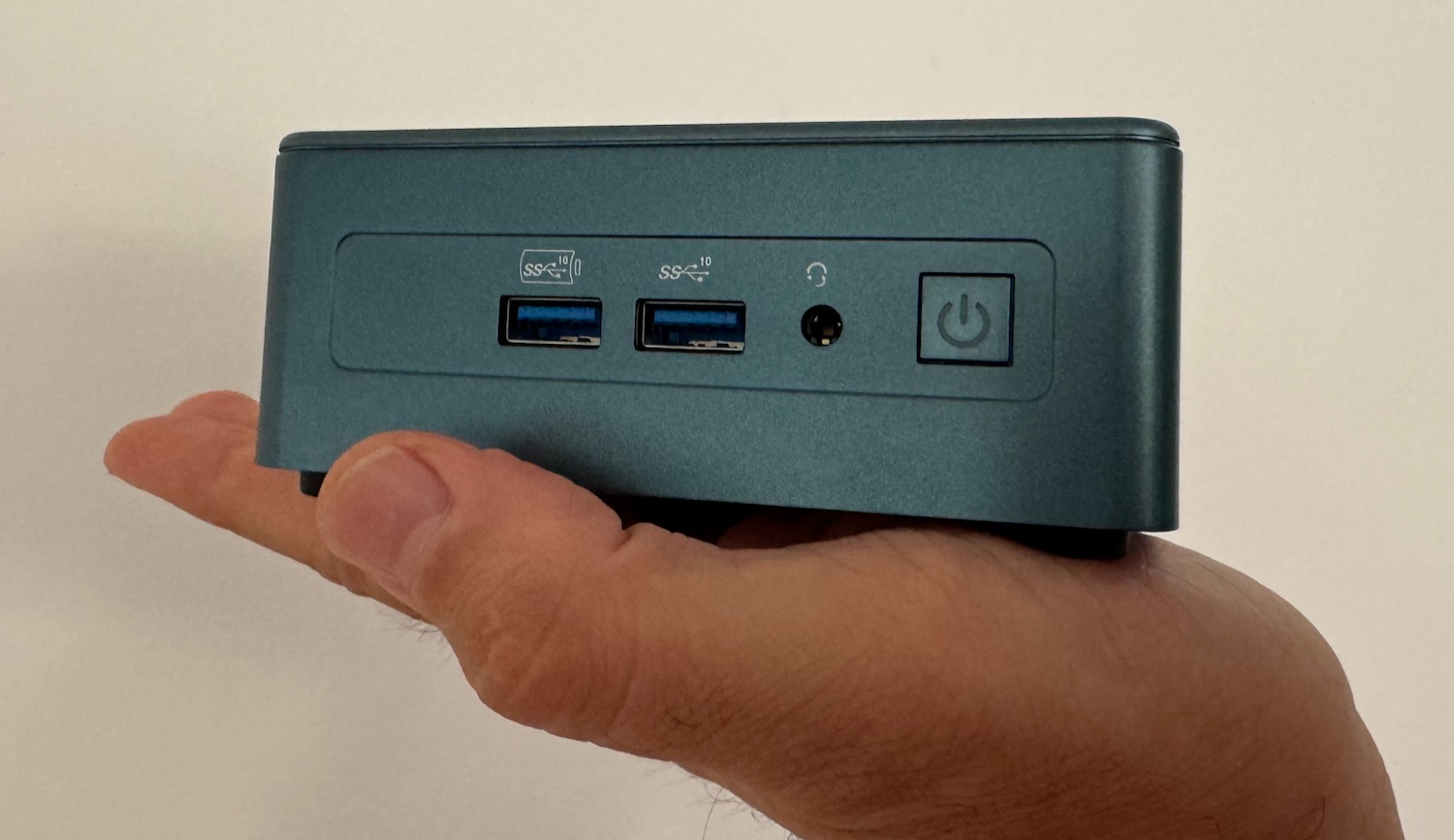In a nutshell: Time flies when you’re building some of the fastest silicon in the world. On Monday, Advanced Micro Devices celebrated its 55th anniversary as a chipmaker but its latest earnings report could dump a bit of rain on the parade.
AMD opened its doors on May 1, 1969, and was led by co-founder Jerry Sanders. AMD jumped into the microprocessor industry in the mid-70s and competed directly with Intel and other chipmakers of the day. It wasn’t until the early 2000s, however, that AMD started making significant headway in its battle with Intel thanks to its Athlon processors.

Things took a turn for the worse in the latter half of the 2000s and the early 2010 but by the end of the decade, AMD again found its footing – this time with its successful Ryzen family of CPUs.
Our own Nick Evanson and Graham Singer co-authored an excellent feature on the rise, fall, and revival of AMD that I highly encourage checking out.
While AMD’s processor business has done very well for itself in recent years, it’s been more of a struggle for the graphics division. This week as part of its first quarter report, AMD said its gaming segment generated $922 million in revenue. That’s down a whopping 48 percent year over year (from $1.757 billion in Q1 2023) and 33 percent sequentially (from $1.368 billion in Q4 2023), with AMD blaming slower Radeon GPU sales and a decrease in semi-custom revenue.
Operating income for the gaming division was $151 million, down from $461 million last quarter and $798 million in Q1 23.

On the brighter side, AMD has lots of interesting things cooking on the CPU side – specifically with its Ryzen “Strix Point” mobile processors due out later this year. AMD CEO Lisa Su said the Strix products are really well suited for premium AI PC products, and believes this is where we will see some of the strongest AI PC content originate in the beginning. As we move into 2025, Su said, we’ll start to see AI penetrate the rest of the portfolio.









